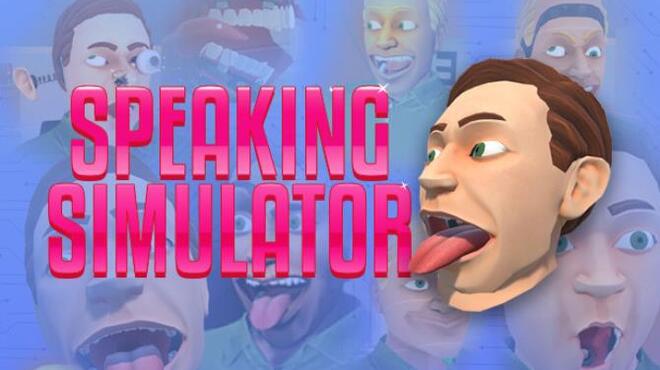

- #Does liftoff simulator allow pids and rates? how to
- #Does liftoff simulator allow pids and rates? series
Air GripĪir grip is a useful setting as it allows the quad to feel like it is on rails or a car skidding on ice. For a beginner, I recommend leaving the thrust as default but gradually increasing it as the simulator quad begins to feel slow. When tuning for a fast setup, I like to put this to the highest setting. For a realistic tune, this is best modified to feel like your own quad. The thrust setting changes the power of the quad and dictates the top speed. A light quad will be very sensitive to controls and tight in corners whereas a heavier quad will be smoother to control but harder to sharply turn. I recommend that all pilots experiment with this setting to find what is right for them. Weight greatly effects the momentum of the craft and how responsive or sloppy it will feel. If the simulator quad does not slow down when throttle is lowered, the air resistance should be increased. If the simulator quad slows down in a certain direction faster then your real drone, this is an indicator that there is too much air resistance. To tune these settings, you must be aware of how your real drone is impacted by airflow. This is one of the harder settings to tune. Air ResistanceĪir resistance changes the speed which the drone slows down or accelerates. I recommend experimenting with it to find your ideal gravity strength. Gravity is one of my favourite settings to change because most simulators feel quite floaty by default. If you are a beginner, I recommend leaving the PIDs as default. The process to tune simulator PIDs is the same as regular PID tuning which you can learn more about here. Tuning simulator PIDs, like with real drones, can make the craft feel smoother or more responsive. PIDs are the main variables in control of stabilising a drone. The feel of simulator rates can also change as you modify the physics settings so you may have to tune your rates multiple times.

In most cases, copied simulator rates feel like real world rates however I recommend tweaking them until they feel spot on. Luckily, the top simulators usually allow you to directly apply your rates into them. Rates are the number one priority in the simulator. Below are the most common simulator settings and my tuning recommendations. Personally, I like my simulator quad to feel realistic but with slightly more power. When tuning a simulator, most pilots optimise their tune to be either realistic or insanely fast. For readers entering the hobby without a drone, I encourage you to experiment with tuning but to leave most settings near default. Ideally, you want to tune your virtual simulator quad to feel exactly like your real one. Tuning FPV drone simulators is the multirotor equivalent of tweaking a cars’ setup within a racing game. Regardless of pilot skill level, simulator tuning is essential. Personally, I use a monitor for the convenience however I encourage you to try both and make your own decision. Compared to a computer monitor, goggles are more realistic to fly with in FPV drone simulators as they provide a high level of immersion. This allows you to fly in the simulator with your goggles (or, as I have often joked about, using them as a screen in a public place to write an essay without disturbances). When plugged into the computer with an HDMI cable, the goggles can act as a computer monitor.
#Does liftoff simulator allow pids and rates? series
Goggles such as the Fatshark Dominator series have an inbuilt HDMI input. Although I recommend using your regular FPV transmitter for simulators, I regularly use a dedicated controller pictured below (which is over a decade old) for the convenience of being able to leave it on my desk.
#Does liftoff simulator allow pids and rates? how to
You can learn how to connect your transmitter to the simulator through your drone from Oscar Liang’s here. My recommendation is to use a wireless device such as the FrSky XSR-SIM Wireless USB Dongle. Controllers can connect to the simulator using either the radio’s trainer cable port, a wireless simulator dongle or through the receiver on your drone. This allows you to quickly adapt between real world FPV and FPV drone simulators. I strongly recommend that you use the same controller you fly with for FPV drone simulators. If you want to simulate real FPV however, you can always limit the frame rate to 30 frames per second.Ī controller is an obvious requirement for the simulator unless you wish to use the keyboard. Higher simulator frame rates make movements feel smoother and more natural. Newer computer hardware (such as an Intel i9 or Nvidia RTX2080) will allow the simulators to run at higher frame rates with better graphics. For the computing enthusiasts, an Intel i5 9600K CPU and a Nvidia GTX1060 GPU will quite suitably run all mentioned simulators. Most simulators can run on reasonably basic computers with minimum graphics & physics settings however a computer with a recent CPU and GPU is ideal.


 0 kommentar(er)
0 kommentar(er)
